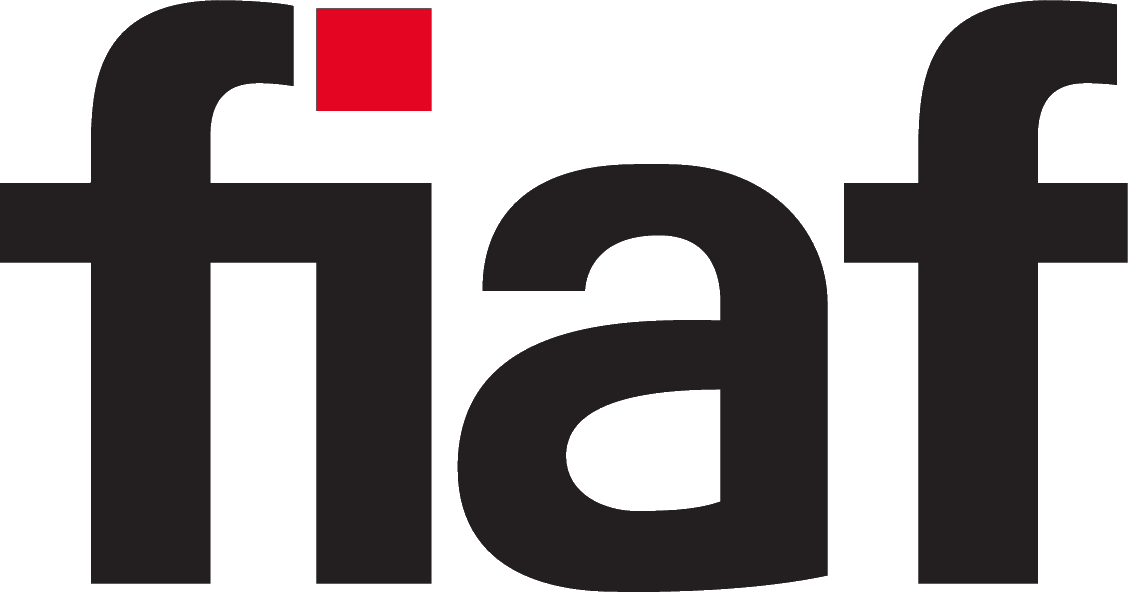Handling Incoming Materials in Film Archives in the Age of Coronavirus
Compiled and edited by Elaine Burrows on behalf of FIAF's PACC
5 June 2020
One of FIAF’s affiliates has asked us if there are – or could be – some FIAF-wide guidelines on handling archival materials, particularly those arriving from outside the archive itself. The question was passed to the Programming and Access to Collections Commission (PACC) as its members are most likely to be involved in requesting elements – for screening activities – from other organisations.
No-one in FIAF has the requisite scientific and/or medical knowledge to be able to produce any hard-and-fast safety rules in this situation. However, the PACC, in conjunction with the Technical Commission, has researched the issue, both online and with colleagues at FIAF and other organisations.
Best practice suggests following national or local advice with respect to any incoming deliveries – including the daily post. Each organisation should have its rules and procedures for absolutely anything arriving at the door and for the subsequent handling thereof.
What follows are recommendations based on what we can glean from the imperfect state of current knowledge. They are not in any way definitive.
The one absolutely essential safeguard is to wash hands in soap and water for a minimum of twenty seconds, at regular intervals, particularly after contact with any suspect material. A 60% (minimum) alcohol-based hand sanitiser is a good substitute. Try very hard not to touch your face without having just washed or sanitised your hands.
Very high heat and alcohol-based disinfectants will kill the virus, but none is suitable for dealing with archival materials (apart from their metal or plastic containers). Handling collection objects, especially paper objects with hands that have alcohol on them, will damage the object. Our sources’ consensus for incoming materials is to safely dispose of external packaging (swabbing it with alcohol before touching it if preferred), to handle the contents with gloves (blue nitrile are recommended), and to dispose of the gloves carefully as soon as the task is completed. Gloves should not be re-used.
If the contents of the package are in plastic or metal containers, these could be swabbed with alcohol. Hard drives could also be swabbed, but the better option here would be to ask for delivery of digital files by direct digital means.
Questions have been asked about quarantining incoming items. There is no substantial difference between one incoming item and another. As stated above, the daily postal delivery presents the same challenges. The National Center for Preservation Technology and Training Information suggests a nine-day quarantine for any material, following Journal of Hospital Infection March 2020 guidelines which themselves are based on knowledge of the nine-day lifespan of the SARS-CoV virus responsible for the 2002-2004 SARS epidemic. In April 2020, the Canadian Conservation Institute also suggested a nine-day quarantine, again basing this on knowledge of the SARS-CoV virus.
Information also published in April 2020, by the World Health Organization (WHO) but for SARS-CoV-2 itself (the current coronavirus), suggests that it can actually survive for only 24 hours on cardboard and soft surfaces, while that may extend to 72 hours (three days) on hard surfaces such as plastic and metal. According to this, therefore, if quarantine is considered essential – if alcohol swabbing is inappropriate, for example – one week should be sufficient
Bear in mind, though, that an incoming package will have been in transit for some days, and, potentially, in someone’s shipping department before that. Though the outside packaging could have come into contact with the virus during its journey, a quarantine period for the protected contents might well have been exhausted by the time it arrives.
The WHO website has very detailed information on the virus and personal protective measures, as does that of the Centers for Disease Control and Prevention (CDC). However, neither deals directly with day-to-day activities in museums and archives, and, apart from the sources mentioned above, there seems to be little online that does. The proposals in this document have been extracted not only from online research, but also from suggestions by Anne Gant and the Technical Commission, Catherine Cormon and Jim Wraith of EYE Filmmuseum, FIAF Training and Outreach Coordinator David Walsh, the Centre national du cinéma et de l'image animée – Bois d’Arcy, Orly Yadin at the Vermont International Film Festival, and from presentations at the AMIA “Remote Collections Management” webinar (3 and 4 June 2020). Our thanks to them all.
Note: If your institution has written its own guidelines about handling films and other materials, or any other exceptional measure taken in the context of COVID-19 crisis, we would love to hear from you. Please email us at info@fiafnet.org.

 ©
© 





